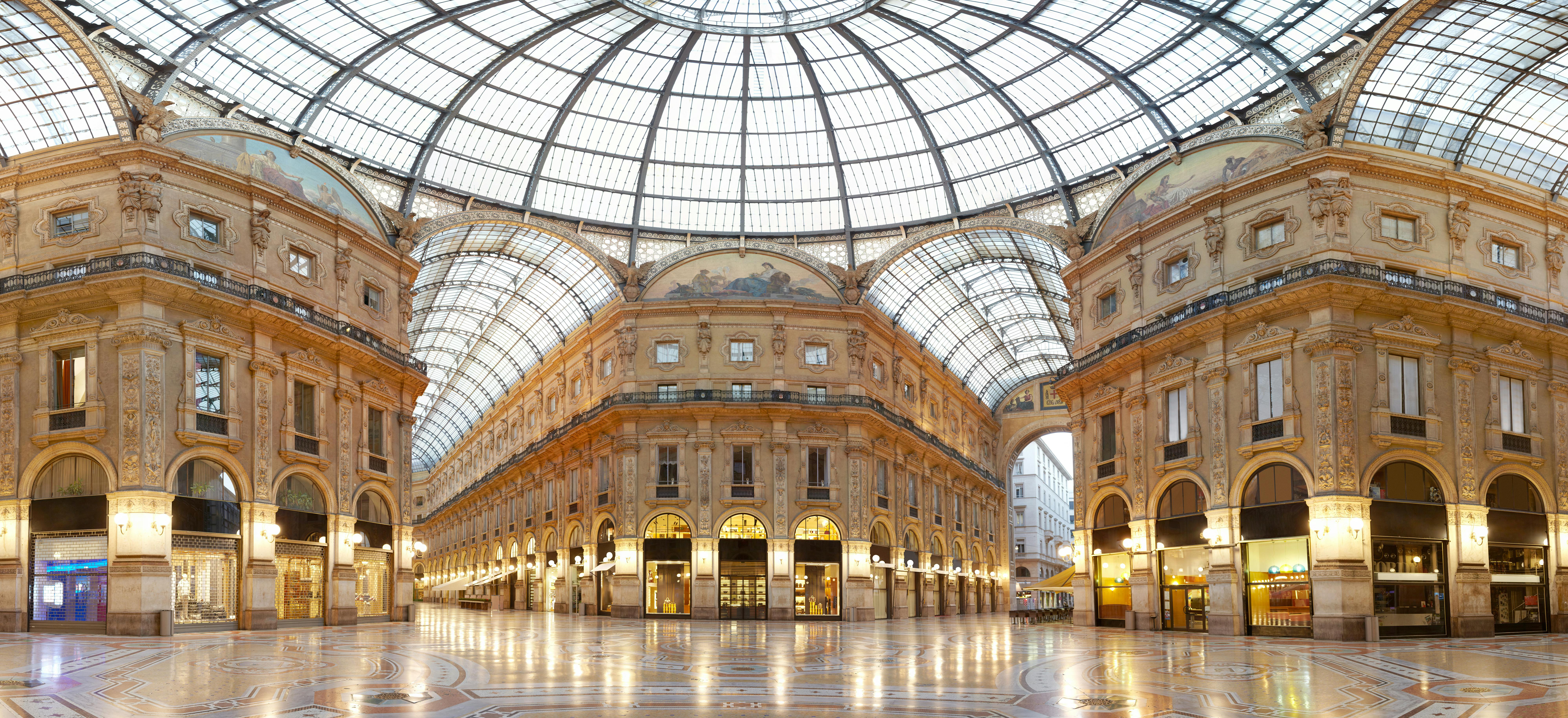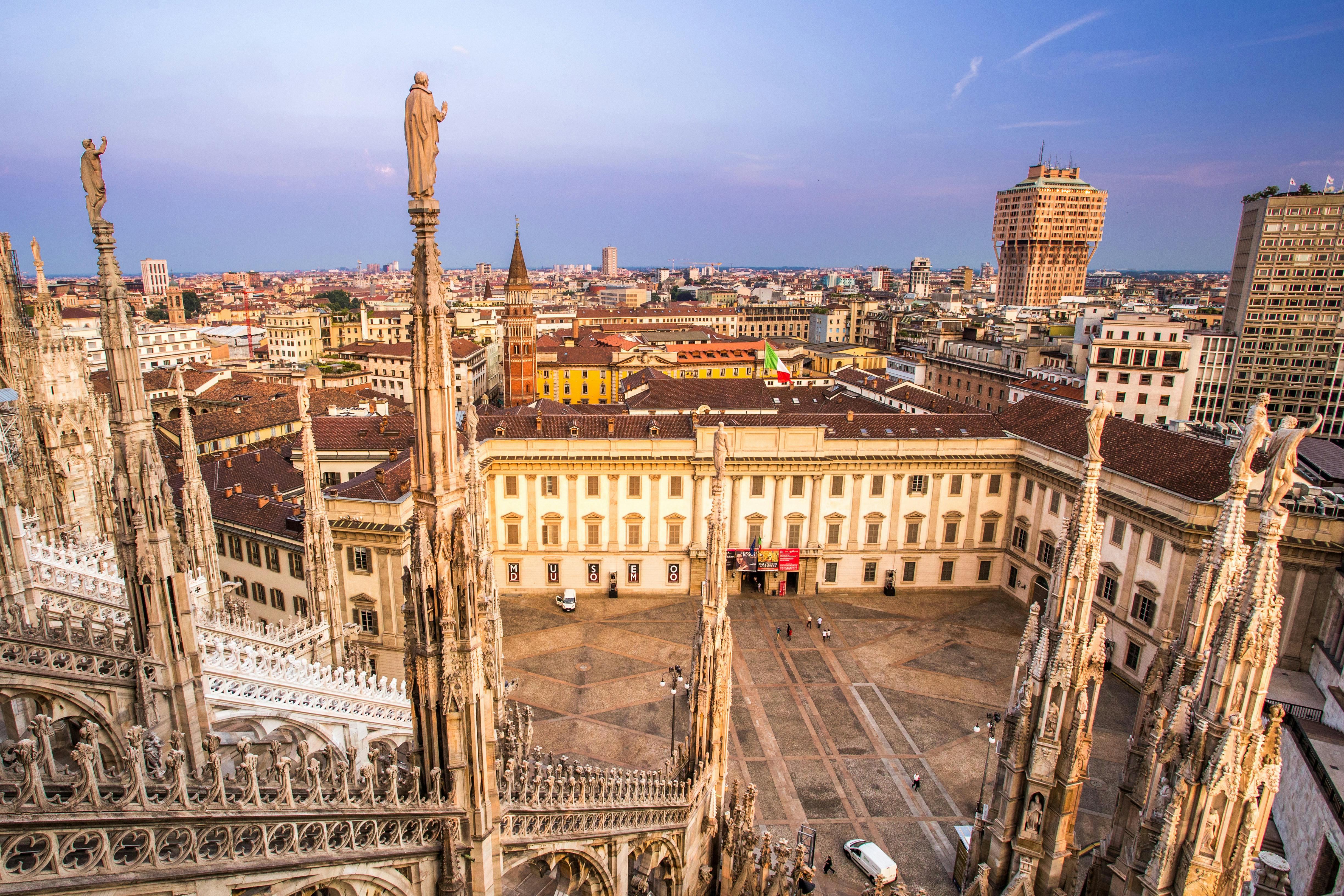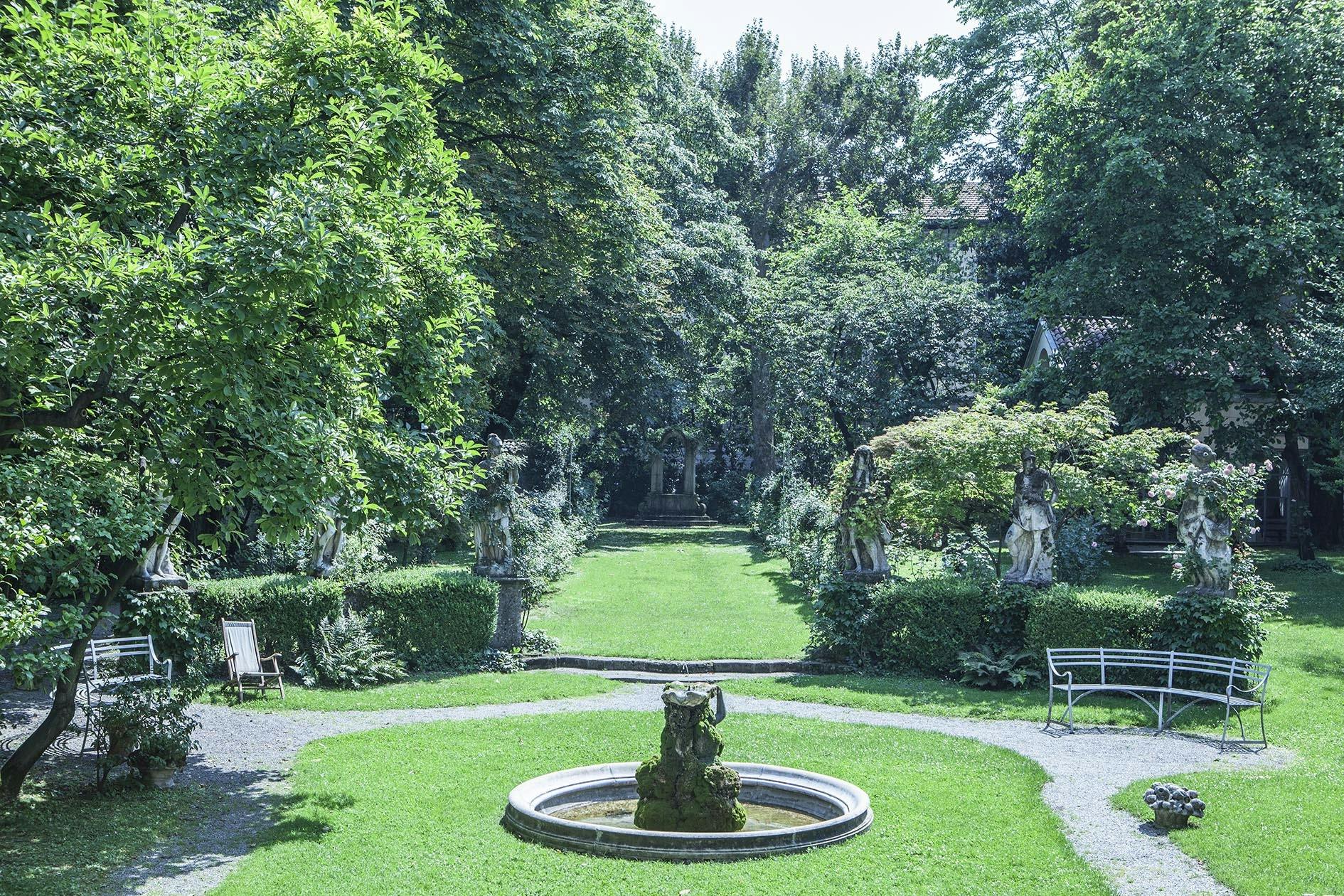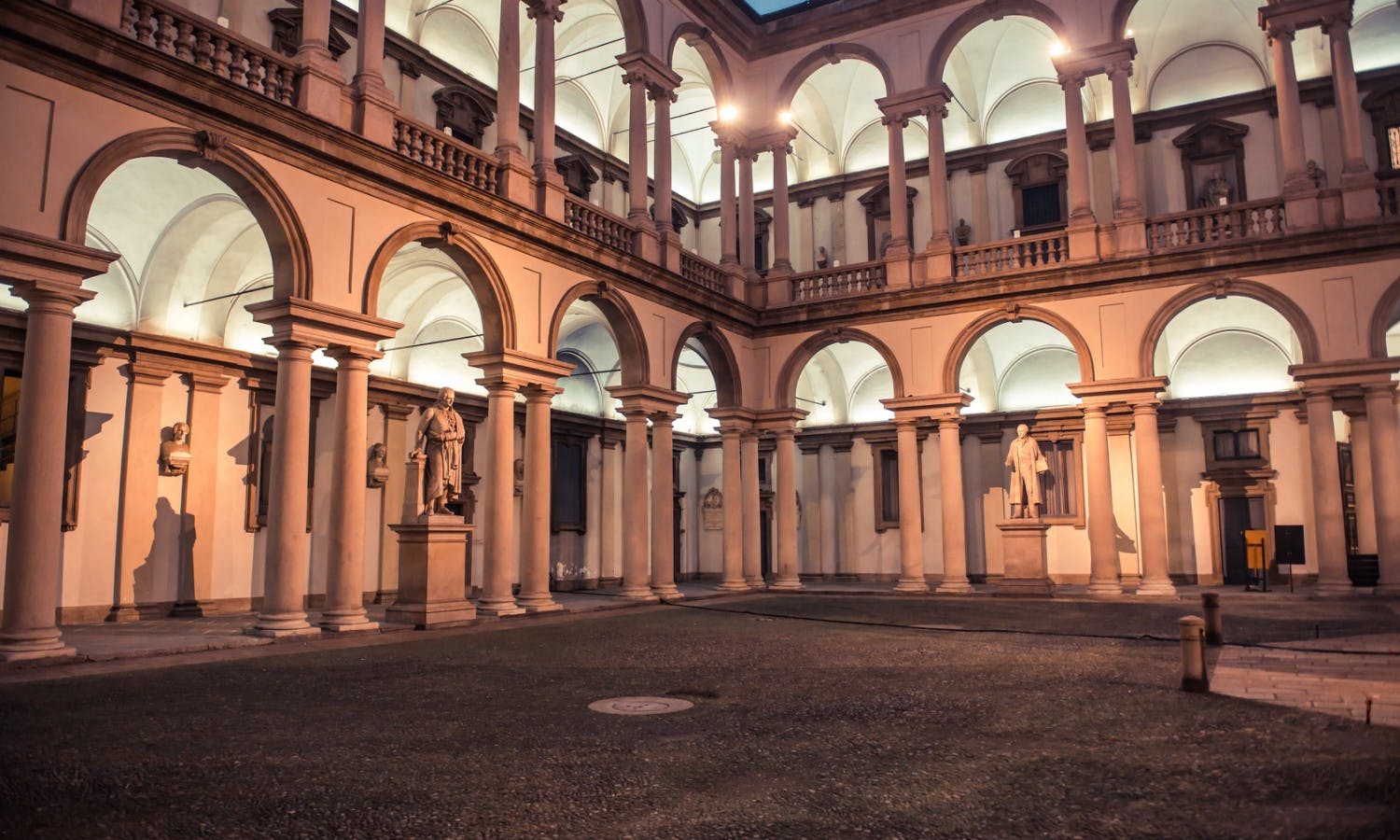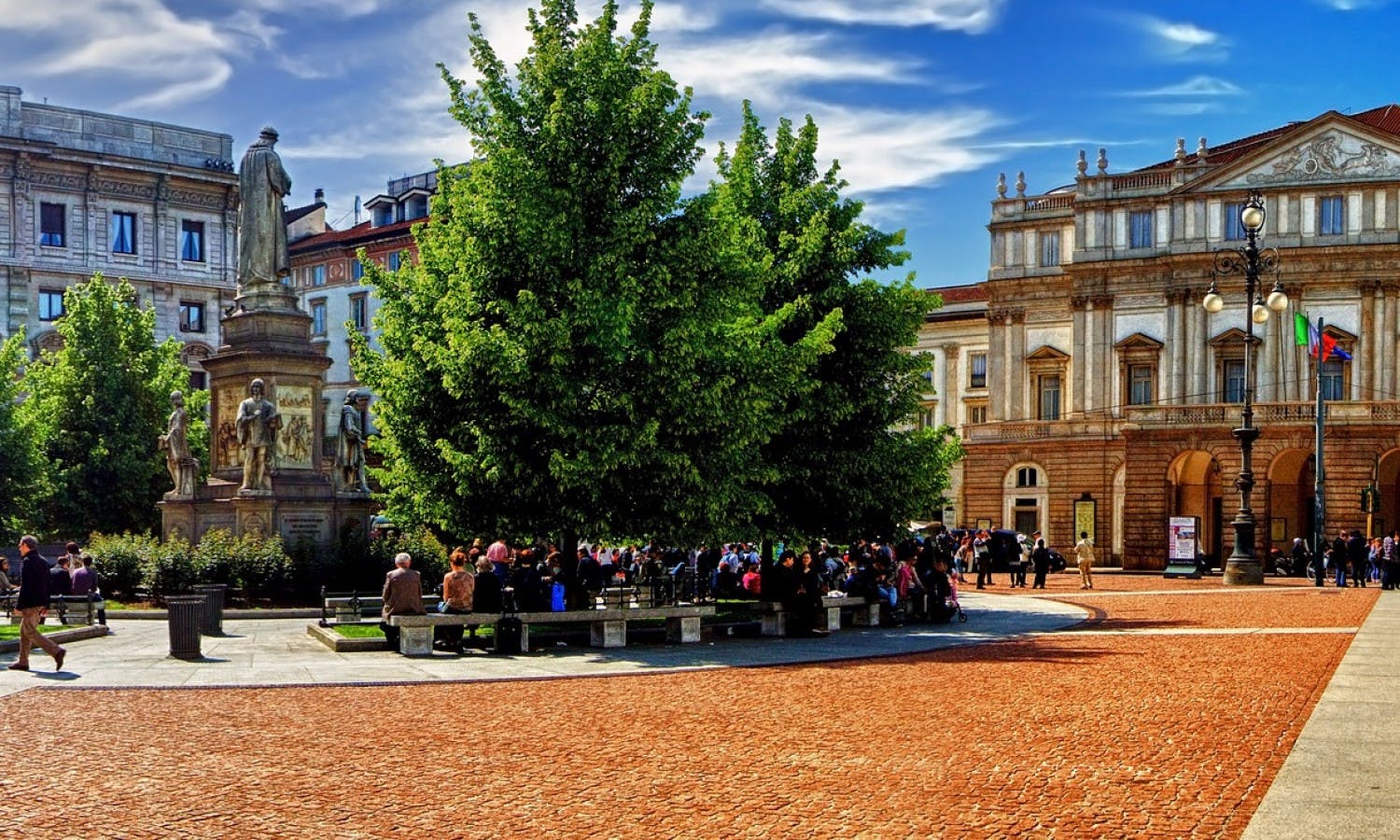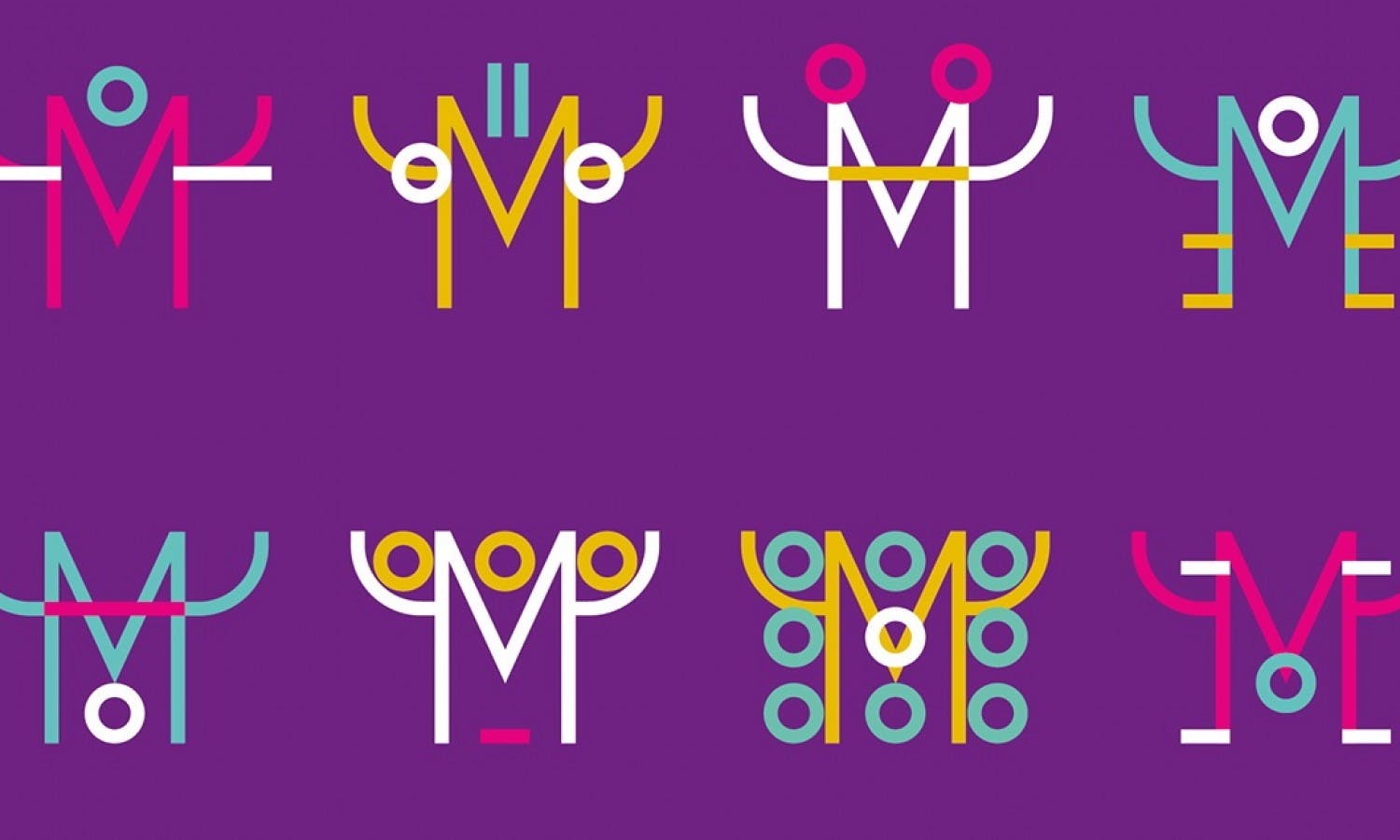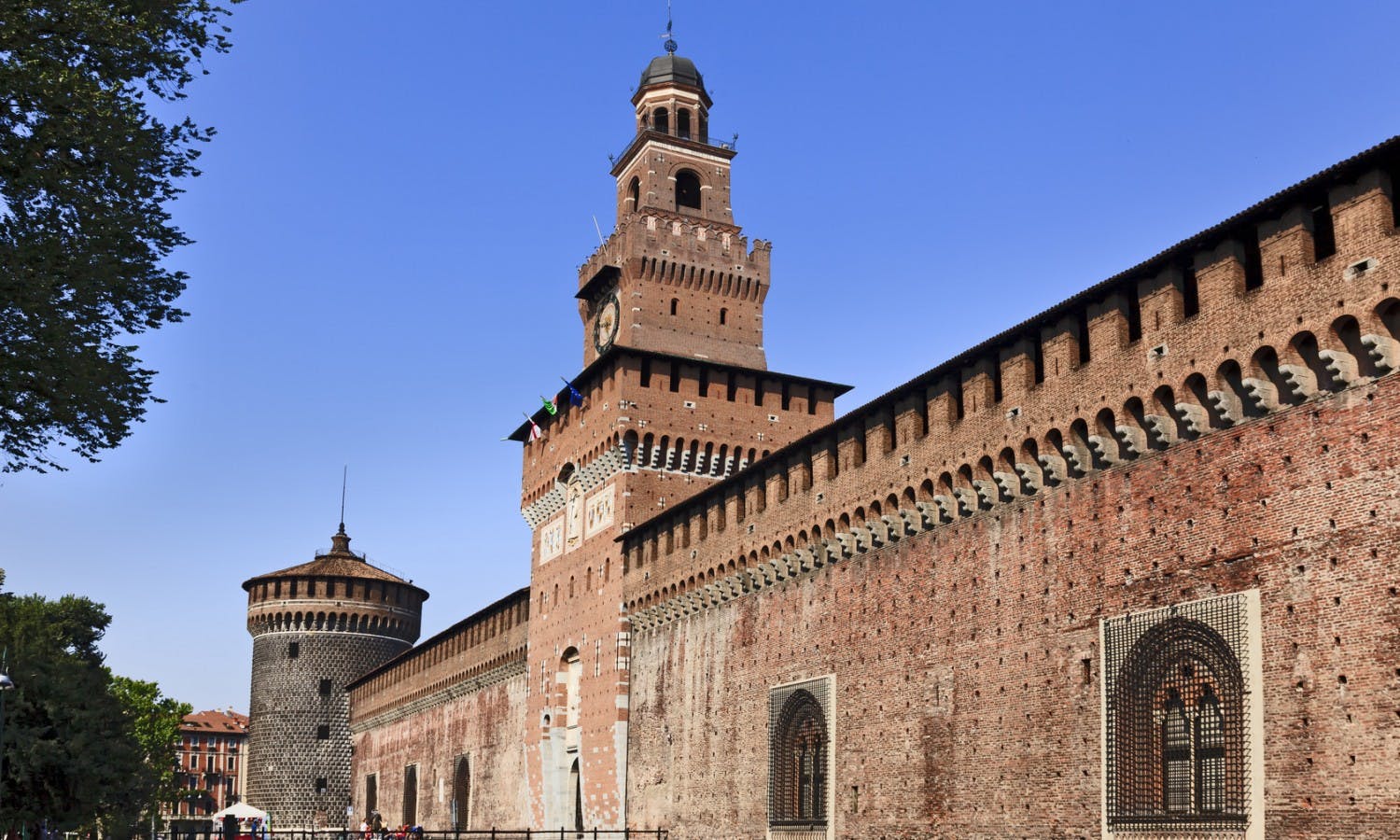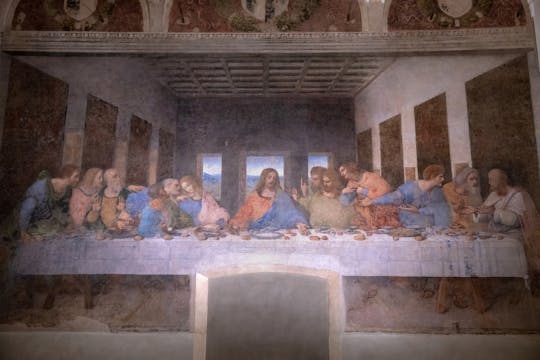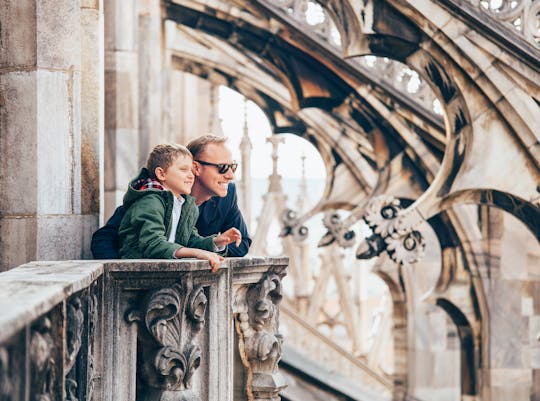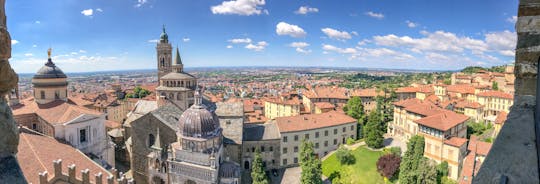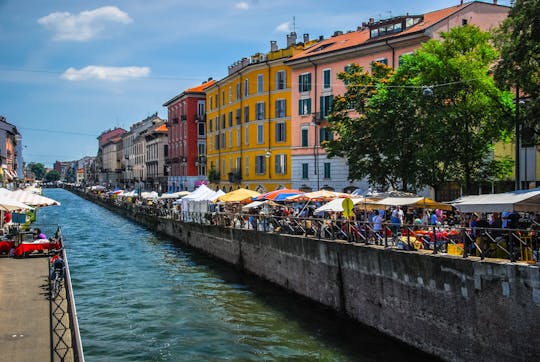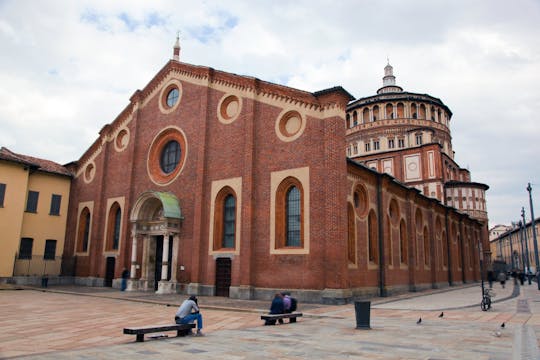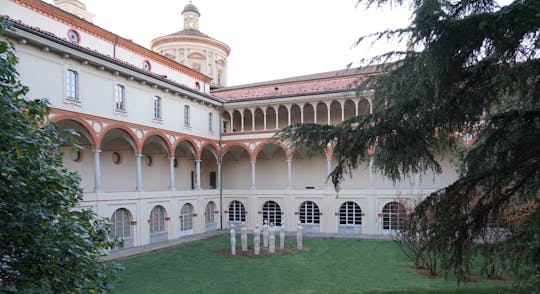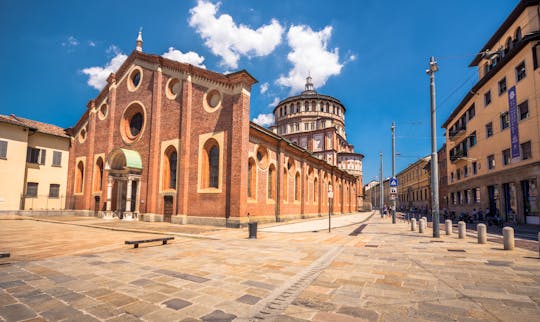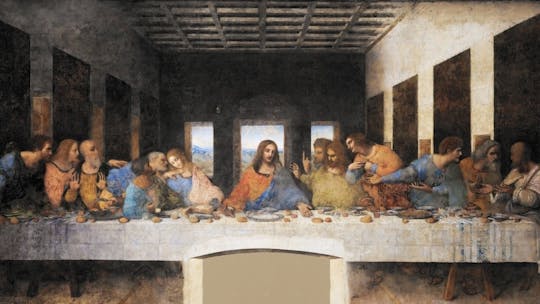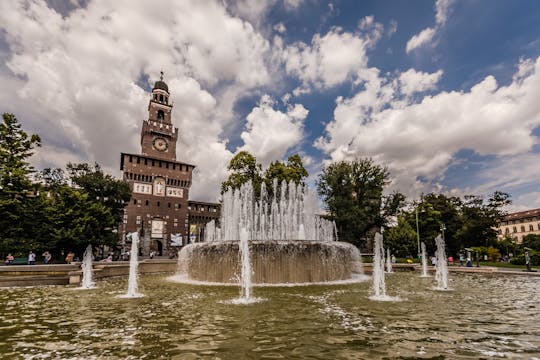Where to go
Italy
Things to do in Milan
Top 6 things to do in MilanFashion paradise, design haven and the epitome of old-school elegance, Milan is a city with many faces. And discovering them is all part of its charm. Known for seamlessly combining both the historic and the on-trend, it’s a place where haughty couture and chic dining goes hand-in-hand with magnificent palazzos, ancient churches and early Renaissance art. With so much to dazzle you, we’ve made it easier by selecting some of our all-time favorites. From gazing awe-struck at Da Vinci’s magnificent Last Supper, to admiring the Old Masters at the Pinacoteca or enjoying a night at the city’s world-famous opera house, we show you how to make the most of your trip to one of Italy’s most cosmopolitan cities.1. The Last SupperNothing compares to seeing one of Da Vinci’s greatest works in the flesh (so to speak). Faded and fragile, partly due to Da Vinci experimenting with an unusual mix of oil and tempera, it’s still a staggering work. Not least because of its striking composition and perspective, light years ahead of its time.2. The Duomo Six hundred years in the making, this epic white-marbled cathedral is not to be missed. Brimming with over a hundred spires and 3400 statues, it’s the city’s most elaborate symbol. Equally impressive is the interior with its enormous stained glass windows, while the rooftop offers spectacular views.3. PinacotecaImmerse yourself in the Old Masters, such as Titian, Tintoretto and Veronese to name a few. Our top highlights include Mantegna’s Lamentation over the Dead Christ with its fantastic perspective and brutal realism, along with The Kiss by Francesco Hayez, a passionate symbol of Italy’s unification.4. Galleria Vittorio Emanuele IIWith its glorious high arches of glass and steel, and marbled mosaic floors, the Galleria makes for an atmospheric stroll at any time of day. One of the world’s oldest shopping arcades, it’s also an ideal stop for high-end boutiques, with plenty of fancy dining options if you happen to get hungry.5. La ScalaA night at the opera reaches new heights when it’s at La Scala. One of the world’s famed opera houses, its stage has been graced by the likes of Maria Callas while Verdi built his impressive reputation here. For non-opera fans, there’s also ballet and classical music performances, along with theater tours.6. Da Vinci’s VineyardMany don’t know that while Da Vinci was painting the Last Supper, he was also tending to his nearby vineyard. Gifted to him by Duke Ludovico Sforza in 1498, it’s since been painstakingly recreated so not only can you saunter through the vines as Da Vinci might have done, you can also sip the same wine.Planning your Milan visitWhen to go?Milan is always a good idea, regardless of the month or season. In spring the weather is sunny and mild, while the city buzzes with international events such as Salone del Mobile and Fashion Week. Summer is also popular although it tends to get hot and humid, and the mosquitoes come out in droves. Locals flee the city, especially on the weekends, so it can be nice because the city feels a little less packed. Keep in mind though that come August and shops and restaurants outside of the center are likely to be closed or have summer trading hours. Autumn is ideal for the moderate weather and fewer tourists, while during the winter months you’ll get to enjoy the Christmas markets, opera season at La Scala and January sales.How to get there?The city is serviced by three airports. The Malpensa Airport is the main airport for international flights. From here to the city center it's a 50-minute shuttle bus or train ride (via the Malpensa Express; €13 one way). By taxi it will cost €90 fixed fare. The Linate airport is more centrally located and serves mainly domestic flights and those from within the EU. Coaches or public buses (No. 73) are a 30-minute ride to the center, while taxis cost around €20 to €30. The Bergamo airport (Orio al Serio) is used mostly by budget airlines and is a 1-hour bus ride (€8 one way) from central Milan.How many days should you spend?Milan is a city that can be explored over both a weekend, a week, or even a month. In 48 hours you’ll be able to experience all its main sights, from Leonardo’s Last Supper to a night at La Scala, but keep in mind you’ll have to plan in advance for most tickets. Instead, if you want to really immerse yourself in the city, we recommend you taking a little more time. Not only will you be able to shop the world-famed Quadrilatero d’Oro and wander the picturesque Navigli (canals), this will also give you time to get into the rhythm of the city and enjoy local delights, like a classic aperitivo.How to move around the city?The ATM runs the metro, bus and tram services. You’ll be able to get to most places via the metro, which has four underground lines (a fifth is projected for the near future): red M1, green M2, yellow M3, and lilac M5. There’s also the suburban rail network (the Passante Ferroviario), although it runs much less frequently. A single ticket costs €2; it’s valid either for one metro ride or 90 minutes of travel on buses and trams. Other ticket options include a 10-trip carnet (€18) or 3-day ticket (€12).Where to shop?Milan is renowned for shopping and there’s no shortage of high-end boutiques and classy consumer goods to swoon over. The Quadrilatero d’Oro is the city’s acclaimed shopping district. Framed by four streets - Via Monte Napoleone, Via Sant'Andrea, Via Senato and Via Manzoni - within is a back-to-back line-up of stores by fashion power brands, such as Gucci, Versace, Prada etc. You’ll find many of the same brands in the city’s main shopping center, Rinascente, right next to the Duomo. Otherwise, if you’re looking for something a little less glam, Via Torino has more mainstream brands such as H&M and Zara. Those interested in vintage and alternative clothing need look no further than the hip Ticinese area.
